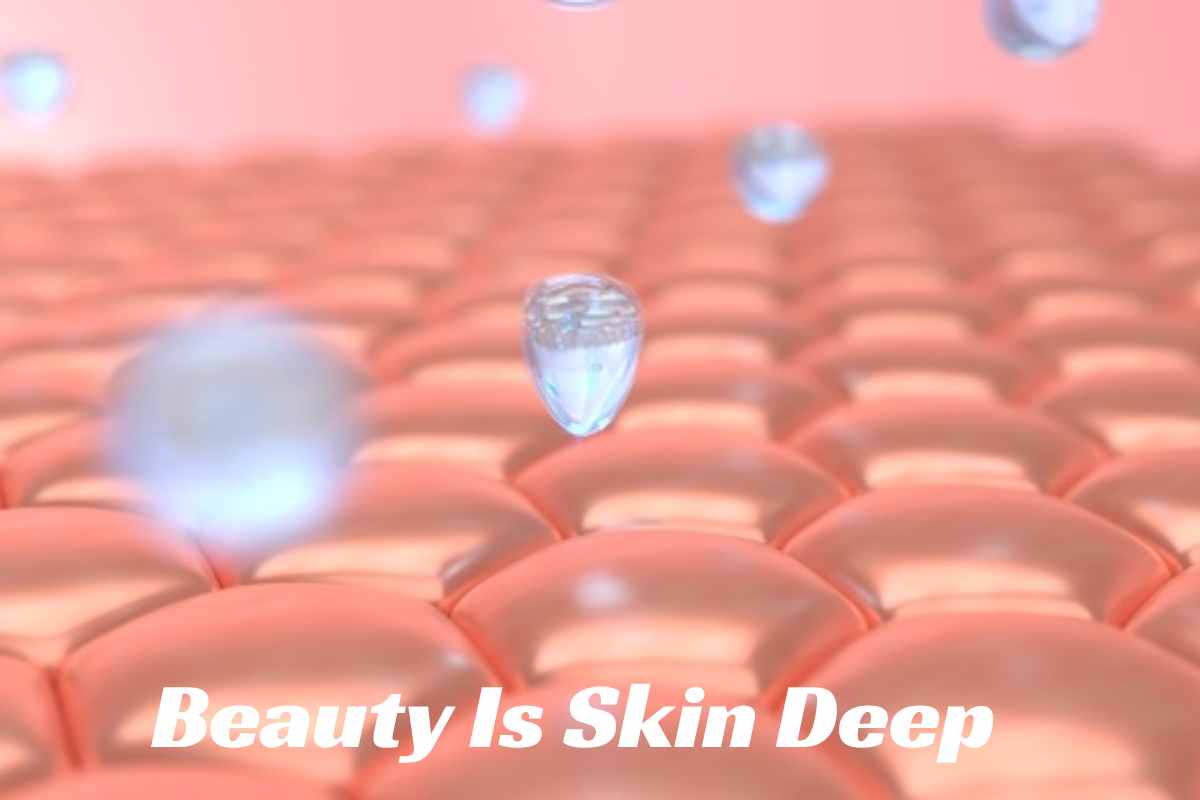Table of Contents
Is Beauty Skin Deep? It’s Time To Change Our Mindset
Beauty Is Skin Deep, Our color reflects our heritage, family, genes, and lifestyle. It defines who we are. We need to accept our differences, especially in a country like India, which otherwise celebrates its diversity.
Beauty Remains Found In The Eyes Of The Beholder
If that were true, there would be so many definitions of what is truly beautiful. But look around you. More often than not, we tend to analyze, categorize and classify what constitutes beauty. For women, it’s all about tiny waists, full mouths, long hair, slim bodies, thigh gaps, large breasts, and fair skin. The latter is significant. There is no escaping that skin color is a beauty standard that is deeply ingrained and desperately desired.
History May Explain Some Of Our Fascination With Lighter Skin.
Hundreds of years ago, skin color was a reflection of social position. A lighter shade implied that you were wealthy enough to avoid hard work in the sun. Fair meant privilege. And then, years of colonial rule reinforced that notion. Our monarchs, the Mughals, Dutch, French, and British, all had lighter complexions that began to be associated with power. Our ingrained complex was not limited to history. Now it is moving into modern times, fueled by globalization, a universal medium, riding a wave of consumerism and spawning multi-billion dollar industries.
Beauty Remains Big Business.
After a series of marketing tragedies in the past that blatantly promoted the idea of linking success and good looks to fair skin, companies remain cautious. They understand the need to stay progressive and bounce negative attention. The Advertising Standards Council of India has issued strict guidelines; thus, the messages have gone from offensive to discreet. So now the words are getting softer: from intense whitening, we go whiten our skin, to “brighten,” and now to “brighten” our skin. It remains packaged differently but still sells the same story. It doesn’t need alteration to what we see in the mirror. And the worrying thing is that it is not limited only to our faces.
Cosmetic companies remain quick to point out all the areas that need improvement: our armpits need to be lighter, the color of our hands doesn’t match our face, and as of late, even the vagina remains situated spared. It depends on our color chart: a better job, a decent spouse, happiness, and success. We remain conditioned to believe that our color is a measure of our worth and a marker for future success. Prejudice runs deep, and association starts early.
When a Child Is Born,
Much of the discussion centers on the child’s skin tone. As he ages, the stigma against dark skin color begins to solidify. A quick look at any marriage site will reveal that “fair” remains one of the most searched-for criteria in most arranged marriages. Yet, we be situated constantly told that fair is better. Ads carry implicit messages, popular media perpetuates the myth, the cosmetics business exploits our insecurities, and we continue to succumb to it.
A WHO report states that more than 61% of women in India use skin-lightening creams regularly. Bottles lined up in the bathroom: deodorants, moisturizers, lotions, shampoos, and even hand soaps all offer to help. So it’s no surprise that the female fairness creams category revenue will grow to a whopping Rs 5000 crore by 2023. We’re willing to try chemical peels, pills, laser treatments, injections, steroids, and Nani ke nuske despite potential health risks ranging from mental stress to poisoning and even organ failure.

